Waymo self-driving taxi tested
Riding in a self-driving Waymo autonomous taxi shows that time is ticking for traditional taxi and ride-sharing drivers.
The most remarkable thing about the world’s first self-driving taxi is how unremarkable it feels.
Initially nervous at the prospect of strapping into Waymo’s driverless cab, the vehicle’s smooth driving technique and careful decision making soon put me at ease.
Gentle on the throttle and brakes, smooth with the steering and generally cautious in its approach, the Waymo experience is surprisingly relaxing.
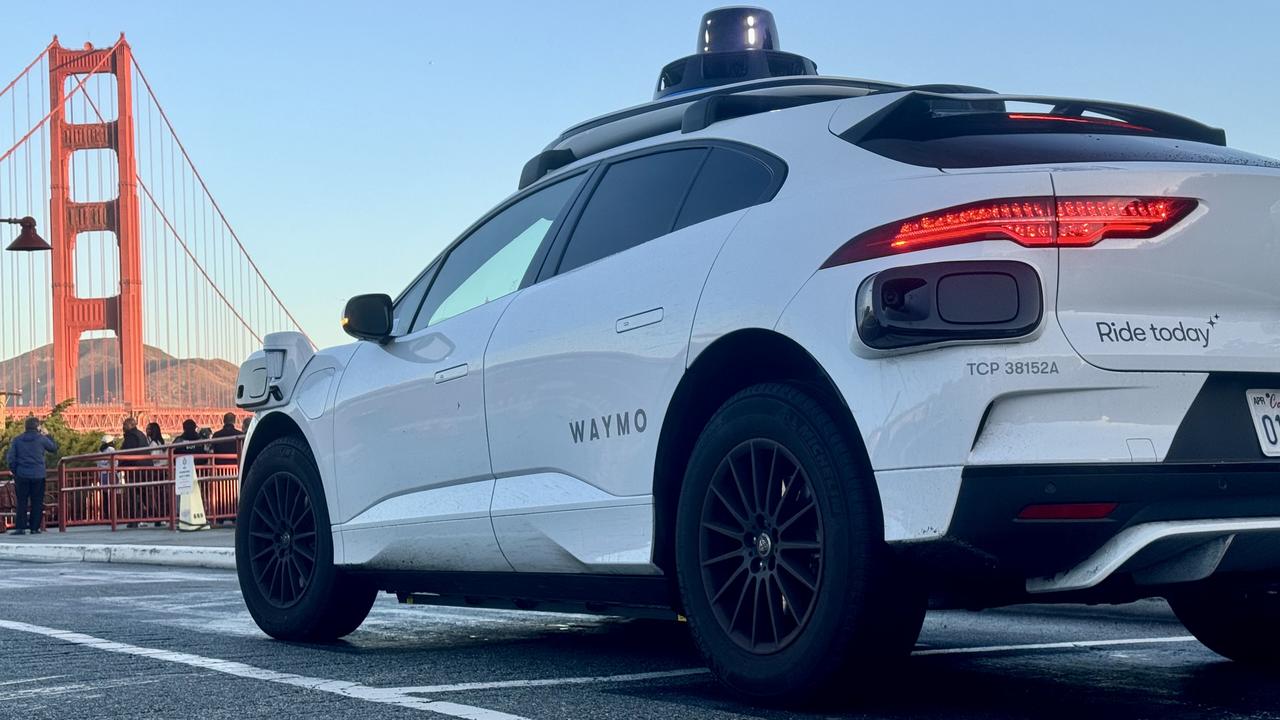
Within a couple of minutes, conversation with colleagues in the car shifted from how we felt about driverless vehicles to what might be for dinner.
Google and its Alphabet parent company have invested 15 years and a staggering amount of money in the Waymo autonomous vehicle project designed to make roads safer.
The pitch is that humans are fallible. We all make mistakes and get tired or distracted from time to time.
MORE:Is Trump about to kill the EV industry?
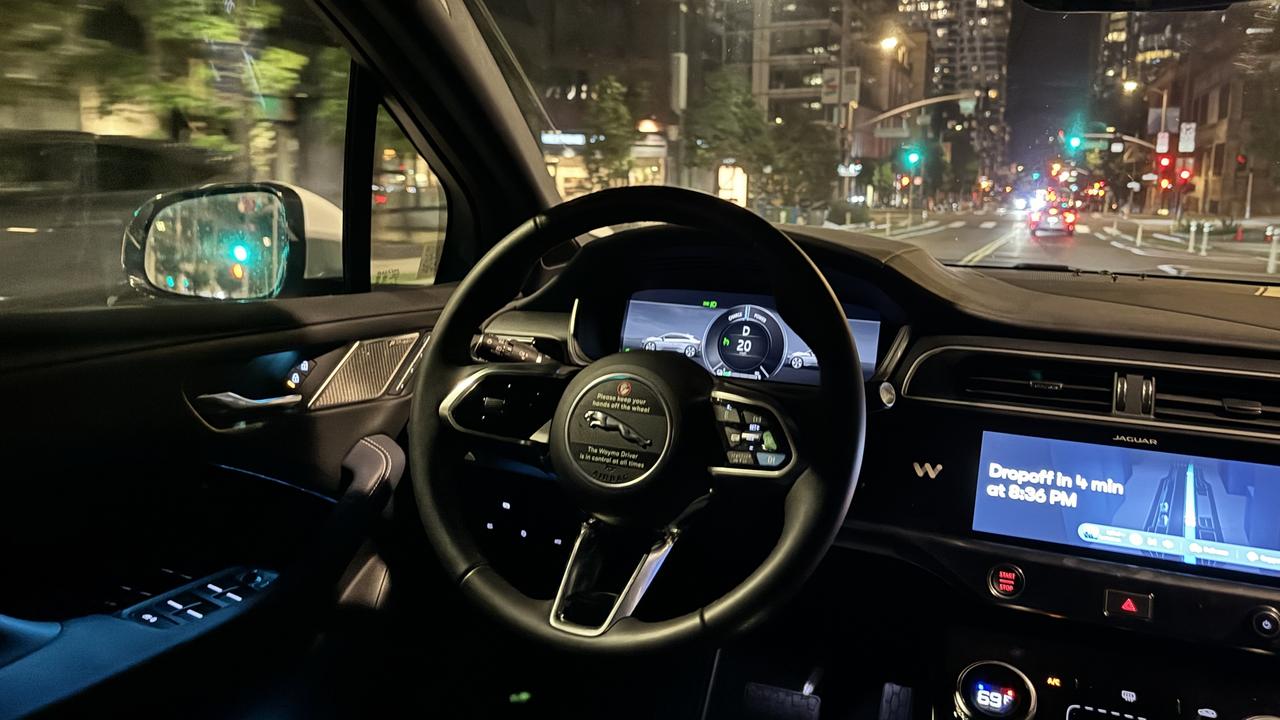
Some drivers also drink, speed excessively, or let emotions run hot behind the wheel.
There’s no ego to Waymo. It doesn’t honk its horn or raise a middle finger if someone cuts into its path, it won’t tailgate other drivers and doesn’t feel aggrieved by the behaviour of other drivers.
The company has around 300 self-driving cars on the road in San Francisco, the closest major city to Google’s Californian headquarters.
The cars are constrained to a fairly small area that does not include high-speed motorways. You can’t take a Waymo to the airport or across the Golden Gate Bridge – for now – but that will change in time.
MORE: This could be the car to end EVs.
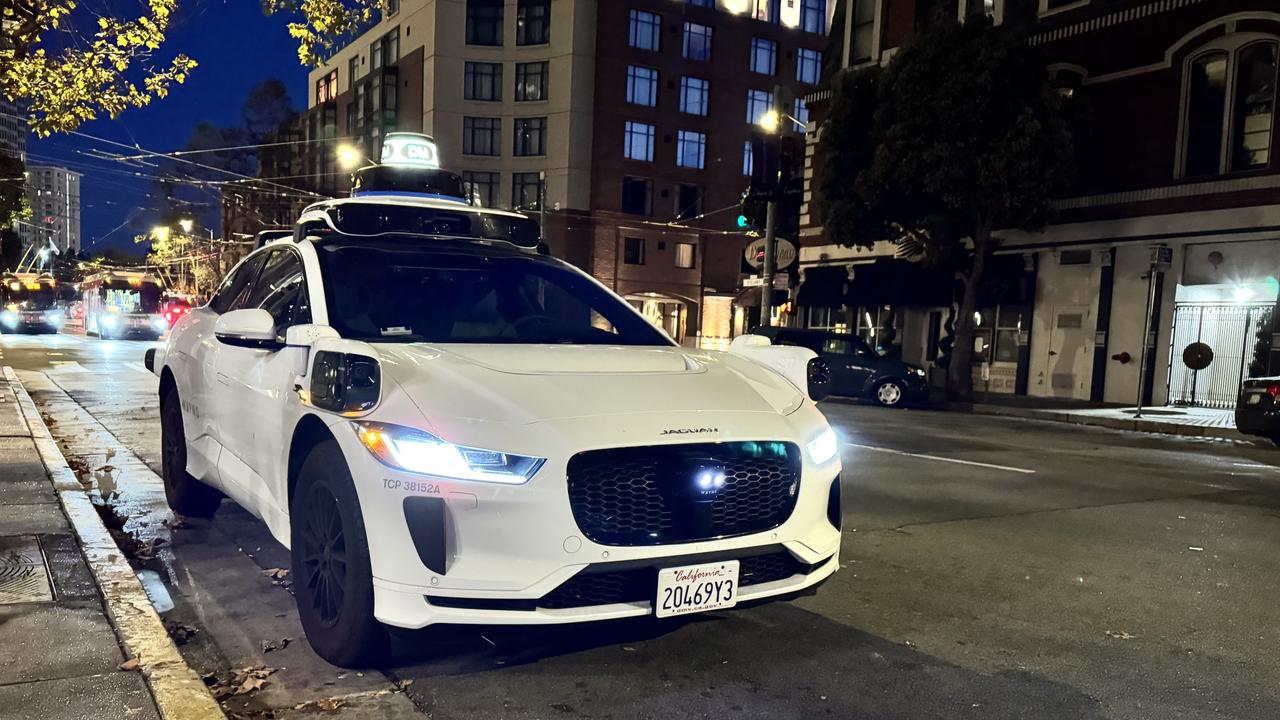
The service is in its infancy, having opened to the general public in June this year after a limited trial that kicked off in 2021. It delivers more than 100,000 rides per week in a city that has grown steadily comfortable with the idea of autonomous cabs.
Google’s Waymo, General Motors’ Cruise and Amazon’s Zoox are all experimenting with driverless cars in San Francisco.
Tesla has unveiled plans to produce robotaxis, but hasn’t offered them to the public yet.
Waymo’s cars stand out from the crowd. Based on the innovative but unloved Jaguar I-Pace electric SUV, the cars are covered with sophisticated and expensive sensors.
MORE: Tesla EV vs Toyota hybrid - the verdict
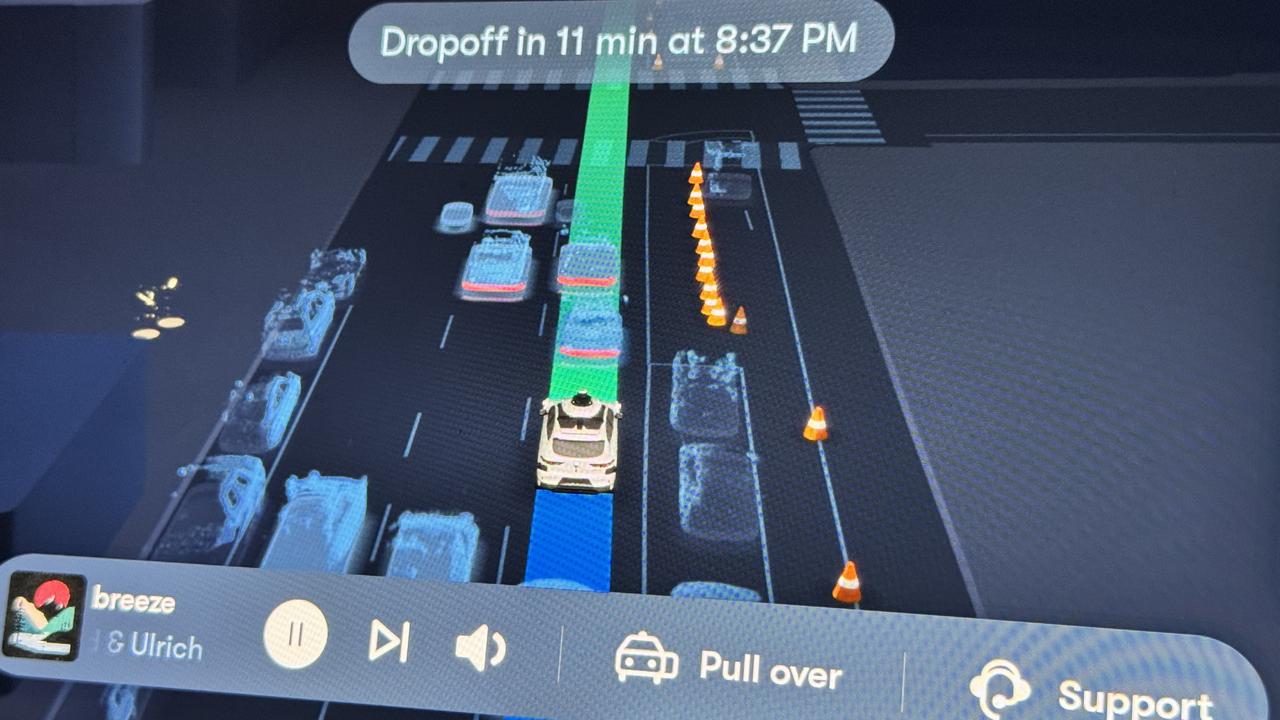
There are five spinning laser-based lidar units on the car, plus several radar sensors, 29 cameras and audio microphones that feed twin on-board computers – one that drives the car, and another that serves as a backup.
The hardware is controlled by carefully programmed software tuned over the course of 20 million miles of real world testing and 20 billion miles of computer simulation.
And the cars only operate in areas that have been carefully “mapped” by vehicles recording minute detail of the environment, including street signs, traffic lights, lane markings and bumps in the road.
The car constantly compares that data to its own sensors, making sure it knows exactly where it is at all times.
The service has a strong safety record. If anything, it plays things a little too safe from time to time.
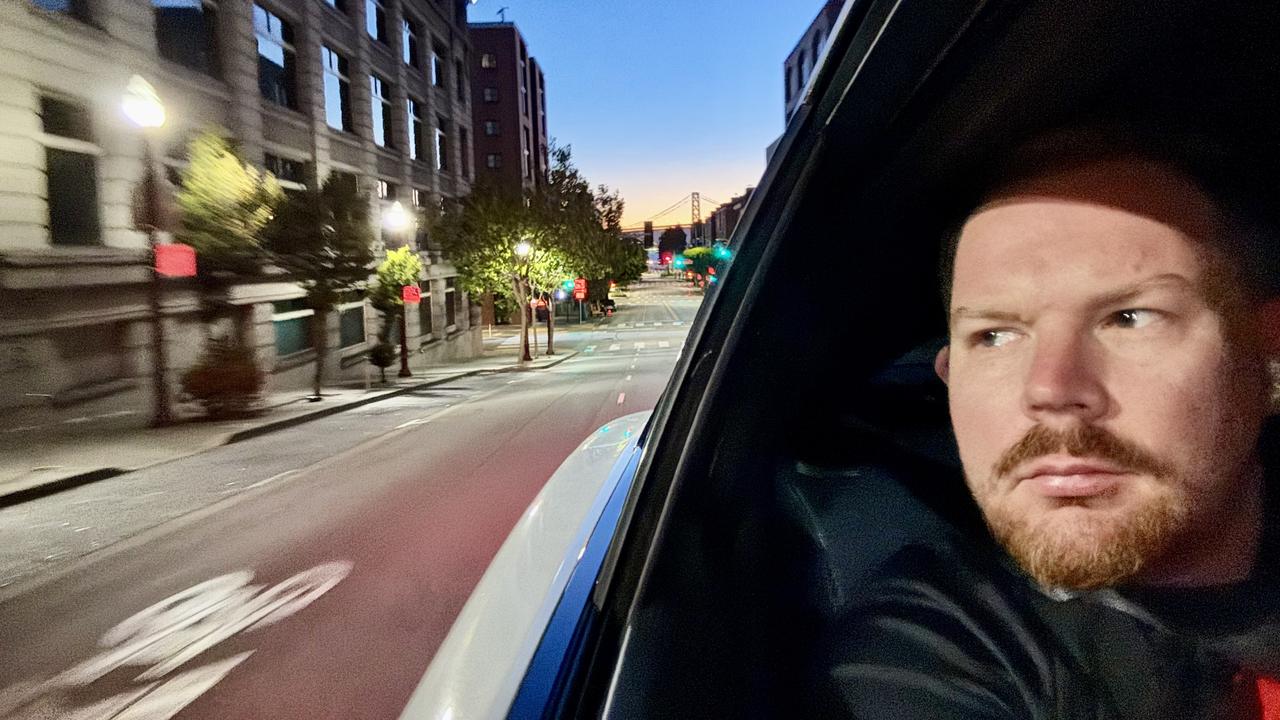
We took four test rides in various conditions and found the car’s need for a wide safety margin let it down on tighter streets.
When another Waymo stopped to let passengers out, our car initially decided to drive around it, then baulked at the presence of cars making their way towards us. Rather than committing to a slow and sensible overtake, or reversing out of the way of oncoming cars, the Waymo froze in place, making it difficult for other vehicles to pass by.
There are many similar examples on the internet, where you can see stalemates between driverless taxis that can’t decide which vehicle should go first.
Human drivers might solve that conundrum with eye contact and hand gestures, but driverless cars can’t do that.
Some of its limitations are also strengths. No, it won’t engage you in conversation or give tourists tips about the best place to grab a bite to eat.
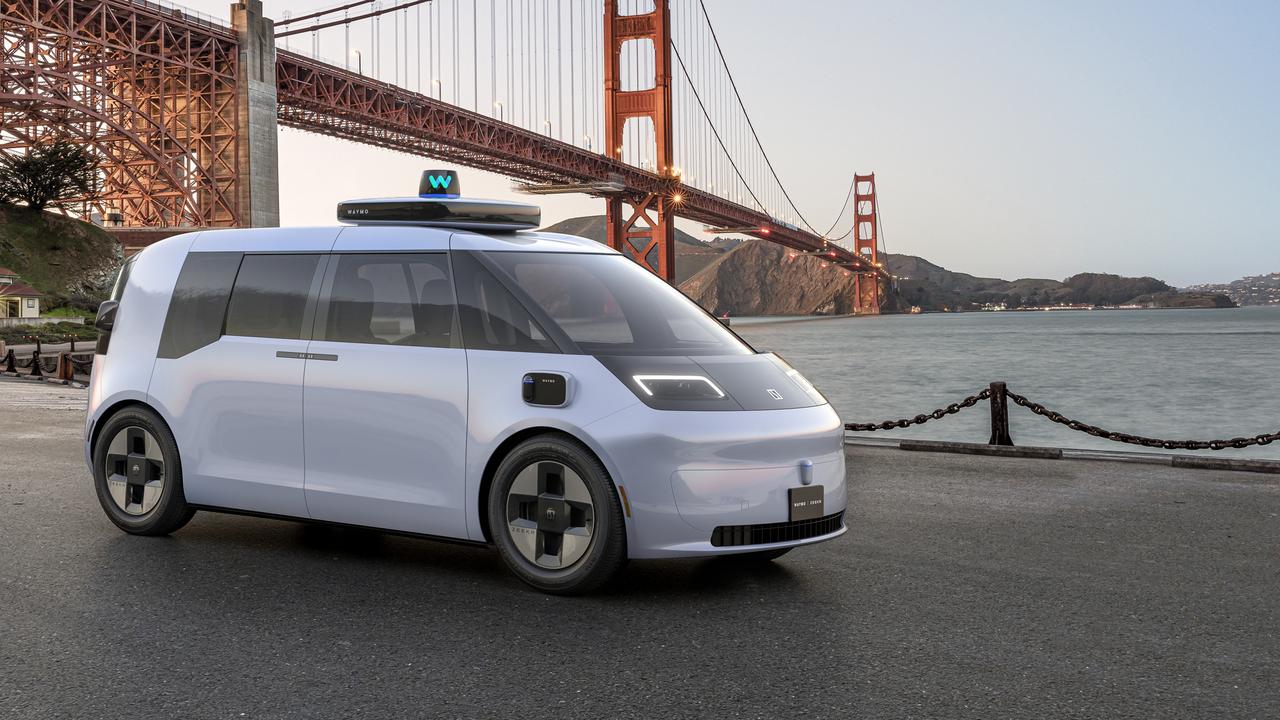
But it also never needs to shower or go to the loo, and there is zero risk of Waymo’s software assaulting or abusing a passenger.
That alone could be reason enough for people to choose a driverless cab – particularly women.
It stacks up on the cost front too.
Needing a ride across town for an event near the Golden Gate Bridge, I fired up the Uber app and got a quote for $US23.98 ($37) for a 20-minute ride. The Waymo cost $US18.50 ($28), a useful saving for folks watching their wallet.
More Coverage
The service is expanding beyond San Francisco to Los Angeles and other cities in the US.
Waymo will introduce a new car in the near future. Designed in collaboration with EV giant Geely, it shapes up as a small van that should be much cheaper to build, as it uses fewer sensors than the modified Jaguar EVs.
Though there are no plans to bring it to Australia for now, one ride in the driverless cab is enough to show you that there are enormous changes coming to the taxi business.





